1. Typical products of scientific and technological research (S&T)
Typical products of scientific research and technological development (R&D) include two forms: One is new knowledge in the form of scientific publications in prestigious domestic and international journals, the general standard is international articles. The other is inventions (including utility solution certificates). Resolution 57-NQ/TW dated December 22, 2024 of the Politburo has set specific goals and targets for science and technology development, innovation and digital transformation by 2030. R&D alone is determined: the number of international scientific publications increases by an average of 10%/year; the number of patent applications and patent protection certificates increases by an average of 16-18%/year, the commercial exploitation rate reaches 8-10%.
Regarding international publications, there are currently over 19,000 publications/year, with an average growth of around 15% (2015-2024), higher than the target, ranking 5th in ASEAN and 50th in the world (out of 131 ranked countries). The problem is that most of our publications are published in journals of medium or lower prestige, while there are not many top-ranked publications. Furthermore, more than 50% are co-authored with foreigners, while less than 50% are purely Vietnamese. These are limitations that need to be improved. Domestic publications of over 15,000 scientific articles are of lower quality, 80% of which do not follow international practices. Improving the quality of domestic journals is also an issue that needs attention. Patents (including utility solutions) are much more limited, with only over 5,000 patents, ranking 5th in the region and 78th in the world , with an average growth rate of around 10% per year. We still have to strive to achieve the target, especially Vietnamese patents. Currently, patents registered in our country are mainly by foreigners, accounting for 90%, while Vietnamese patents account for only 10%. The rate of patent commercialization is around 5%, while the world average is 10-15%, and developed countries are over 30%.
Our country's R&D has achieved the above products under the condition that there are over 190,000 people participating in research, including over 30,000 PhDs, 13,000 associate professors, 3,000 professors, increasing by over 5%/year (2015-2024), ranking first in ASEAN and 25th in the world. Although social investment capital for R&D is still limited, it has reached over 50,000 billion VND, growing by nearly 20%/year. Thus, although Vietnam's R&D has a tendency to grow gradually, it still does not meet the country's development competition requirements and is not commensurate with the potential of science and technology, especially in terms of invention. As a result, our country is still mainly dependent on foreign technology. The agricultural sector depends on 80-95% on varieties, other sectors are mainly using imported technology. Production and export of high-tech products is over 90% FDI sector.
2. Some issues on investment and management innovation
Along with setting goals, Resolution 57-NQ/TW also aims to increase investment resources for R&D. By 2030, social capital will reach 2% of GDP, with a non-state structure of 60% and a state structure of 40%; the budget for R&D, innovation, and digital transformation accounts for 3% of total budget expenditure. Human resources for R&D, innovation, and digital transformation ensure 12 people per 10,000 people. In fact, the investment structure between state and non-state budget sources is currently guaranteed (40/60). However, the capital/GDP ratio is only about 0.6%, still low compared to the general level of the region and the world as well as the set target (2%). To increase the investment/GDP ratio, it is necessary to mobilize mainly non-state sources. It is possible to promote an increase in the number of enterprises setting aside science and technology funds, which is currently only 0.06%. On the other hand, although the capital of enterprises is not large (only over 35 trillion VND), it is very difficult to disburse, with a large backlog of over 50%. Partly because many enterprises are new to R&D. Partly because the research process and procedures are still being implemented according to general regulations (like the public sector). The solution is to encourage and promote cooperation between scientists, science and technology organizations and enterprises. At the same time, research processes and procedures in the non-state sector must be regulated and guided appropriately, promoting the autonomy of enterprises. Compared to the total budget expenditure, the expenditure ratio for R&D is higher, accounting for 1%, including the military and security sector, it has reached 2%. The orientation of increasing to 3% including R&D, innovation (I&C), and digital transformation is not too high. The human resources for science and technology, innovation, and digital transformation reaching 12 people/10,000 people is also not too high. Currently, the number of human resources participating in R&D alone is over 16 people/10,000 people, converted to full-time is also over 9 people. According to the Resolution, by 2030, we strive to have 40-50 science and technology organizations (including science and technology enterprises) ranked regionally and globally, this is the core force in the country's R&D.
Resolution 57-NQ/TW emphasizes the need to amend, supplement, and synchronously complete legal regulations on science, technology, investment, budget, human resources, financial mechanisms, taxes, administrative procedures, intellectual property, etc. to remove bottlenecks and barriers, unleash creativity, and liberate resources. The biggest bottleneck that needs to be removed more comprehensively and thoroughly is the public R&D investment and management model. In recent years, the proportion of budget capital/total social capital in this sector has decreased from 80% to 40%, but has still increased steadily by an average of over 10%/year and has reached 15 trillion VND (2024). The number of basic science and technology tasks at all levels has been stable at about 3,000 topics/year. On average, 01 national-level topic is invested with about 4 billion VND, a ministerial-level topic is 1.5 billion VND, and a provincial-level topic is 1 billion VND. However, the research results of state-funded projects only account for about 10% of scientific publications and about 2% of inventions, the rest are mostly outside of state-funded projects (universities, institutes, regular research centers according to functions, enterprises, doctoral students and creative labor movements of the masses). The rate of commercialization and transfer of research results of state-funded projects is also much more limited than that of non-state projects. Among scientific publications, patents and the rate of commercialization of state-funded projects, the majority belong to national-level projects (including projects funded by the National Science and Technology Fund), ministerial-level projects, while provincial-level projects are insignificant. The provincial sector annually invests in over 2,000 projects, accounting for more than 60% of projects at all levels with a budget of more than 2.5 trillion VND, accounting for 30% of the national budget. Not only are there no international publications, but there are also very few domestic publications, if any, they are from central science and technology organizations that preside over local projects, while other local units have almost no publications. Provincial science and technology projects and topics not only do not have any inventions, but useful solutions are also very rare.
Although the public R&D investment and management model has been innovated, it still has many shortcomings. The budget source is still dispersed among administrative levels. State-level topics managed by the Ministry of Science and Technology account for about 30%; ministerial-level topics account for about 30% (each ministry, department, branch, and central organization is about 1%); provincial-level topics account for 30% (each province or city is about 0.5%); and the national science and technology fund accounts for 10%. Such investment is scattered, not only does it not ensure concentration, focus, and key points in terms of research subjects, but it also does not focus on large science and technology organizations and strong research groups. Moreover, there are overlaps and duplications that make it difficult to control topics between levels and between provinces, between research topics and the regular functions of professional agencies and professional consulting units. Administrative levels directly approve the list of topics, funding, select the project host and project manager, organize acceptance, payment and control of products, which is not suitable for the market economy. Recently, some aspects have been removed, the state only controls R&D products in the fields of defense and security, the rest are handed over to research units or other units (according to needs and capacity) to carry out copyright registration procedures, commercialization, direct application or transfer of applications with a mechanism to ensure the harmony of interests between the host, author, application party and the state. However, the construction and implementation of R&D plans, disbursement, acceptance, payment and settlement are still based on the fiscal year, which is not suitable for the characteristics of R&D which is regular and continuous. Developed countries have long invested budget for R&D through Science and Technology Funds or Science and Technology Companies. Resolution 57-NQ/TW also advocates the development of public science and technology funds and enterprise science and technology funds, focusing on large science and technology organizations and strong research groups. However, science and technology funds also need to be reformed in terms of legal framework and operational content, especially provincial funds. Over the past 10 years, only 35 provinces have established funds, but they are ineffective, and some have been dissolved.
Scientific publications contribute to enhancing Vietnam's position, while inventions, commercialization and application transfer directly contribute to GDP growth. Innovation in the structure of research topics is also an issue that needs attention. Because the weakest is the product that can become an invention or a useful solution. However, research topics are generally mainly in basic industries, agricultural fields, social sciences and humanities, while there are not many in the fields of engineering and technology, especially provincial-level topics. Increasing R&D support projects for enterprises according to the capital counterpart mechanism is a feasible direction to increase inventions and application transfer.
Financial procedures for R&D are indeed complicated and cumbersome, but still attract many units and individuals to propose and register, including science and technology organizations and professional scientists and cadres, civil servants and public employees of administrative units, often 2-3 times the number required for selection and almost all of them have completed and completed the topic well and excellently. It proves that behind the complicated financial procedures, the control of content and products is actually somewhat "light", affected by many sensitive relationships. It is best for financial procedures, after having a detailed budget and the relevant parties have assessed (cutting down unreasonable parts), it can and should be allocated to the topic. On the contrary, the products ordered for research need to be more clearly defined in terms of quantity and quality, especially scientific and technological articles that can be copyrighted. But in reality, patents or utility solution certificates are difficult to "run", but scientific articles, especially domestic articles, can completely use the topic money to "run". To avoid duplication and plagiarism in research, it is necessary to fully and promptly submit the results of all topics at all levels to the national science and technology information center database. And all levels apply software to strictly control duplication and plagiarism at both input (determining the list of topics to be researched) and output (accepting research results). Many universities have used software to control student theses and doctoral theses. Many competitions, including the Party's political competition, have also used software to screen for duplication and plagiarism. It is thought that in the field of R&D, especially in the public sector due to large investment budgets, high technology must be used for control. The same goes for science and technology awards and technical innovation contest awards sponsored by the state budget.
Another aspect of investment and management innovation is to increase indirect investment. For a long time, the budget has mainly invested directly in research and increased research capacity. However, investment in other subjects is still very limited. It is necessary to reduce the direct investment rate of the budget for research, in return, increase support for enterprises with a capital counterpart mechanism (as mentioned), encourage with preferential policies on credit and tax, support international publication, registration of domestic and foreign patents... The appraisal time of about 4 years is too long, the number of pending applications is very large. It is necessary to apply high technology to shorten the appraisal time and grant patents. Improving science and technology awards at all levels and science and technology innovation contest awards and other awards (sponsored by the state) related to science and technology are still very low compared to the investment level for the topic, especially at the provincial level (Total expenditure for supporting inventions and awards in the year is only about 50% of the expenditure for 01 topic). Indirect investment as above is less costly, but will motivate many subjects (enterprises, professional scientists and mass creativity movements), thereby promoting the growth of science and technology products, especially in terms of inventions./
Phan Duc Ngu
Source: https://sonla.dcs.vn/tin-tuc-su-kien/noi-dung/doi-moi-du-tu-va-quan-ly-nghien-cuu-khoa-hoc-cong-nghe-5462.html






















![[Photo] Discover the "wonder" under the sea of Gia Lai](https://vphoto.vietnam.vn/thumb/1200x675/vietnam/resource/IMAGE/2025/8/6/befd4a58bb1245419e86ebe353525f97)


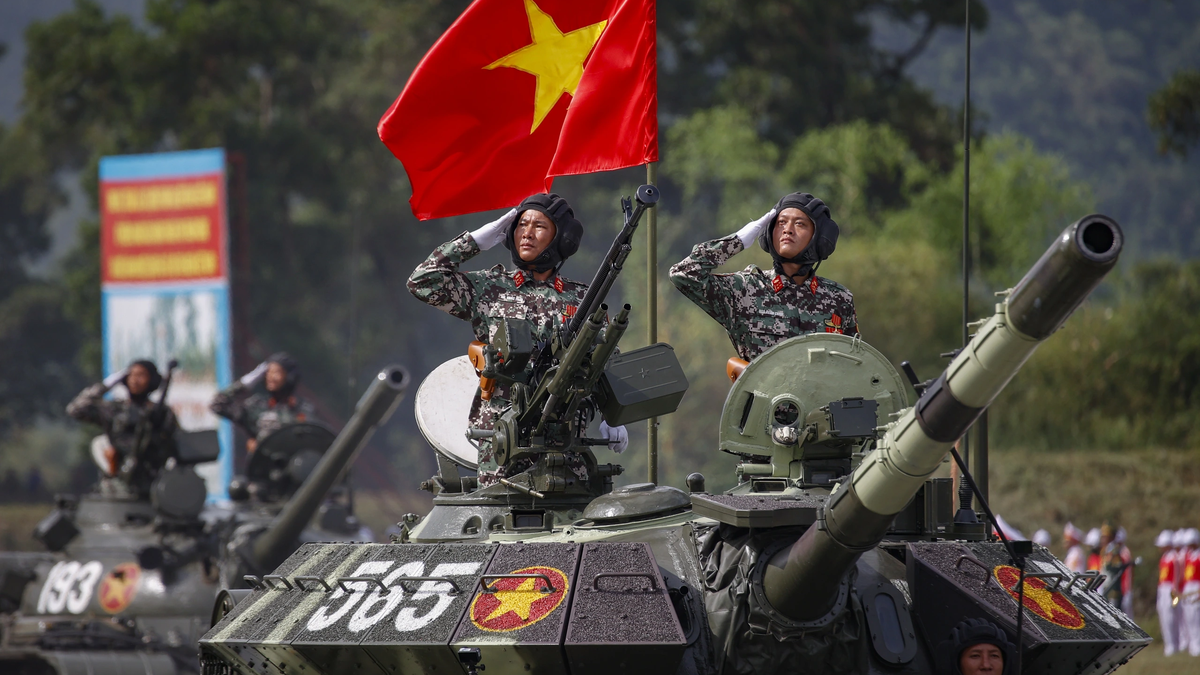
![[Photo] Nghe An: Provincial Road 543D seriously eroded due to floods](https://vphoto.vietnam.vn/thumb/1200x675/vietnam/resource/IMAGE/2025/8/5/5759d3837c26428799f6d929fa274493)



























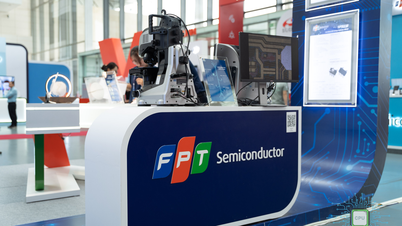

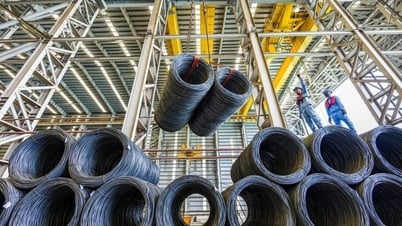



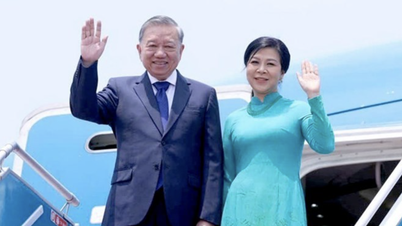


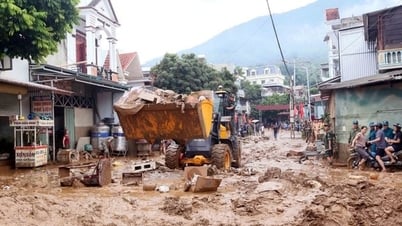



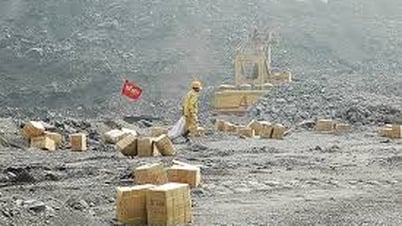



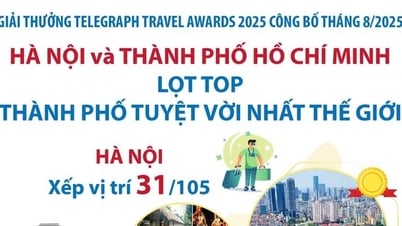

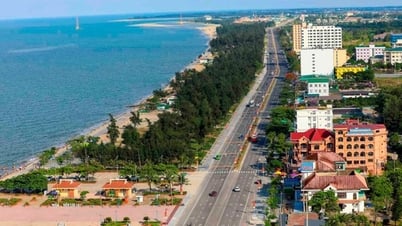

















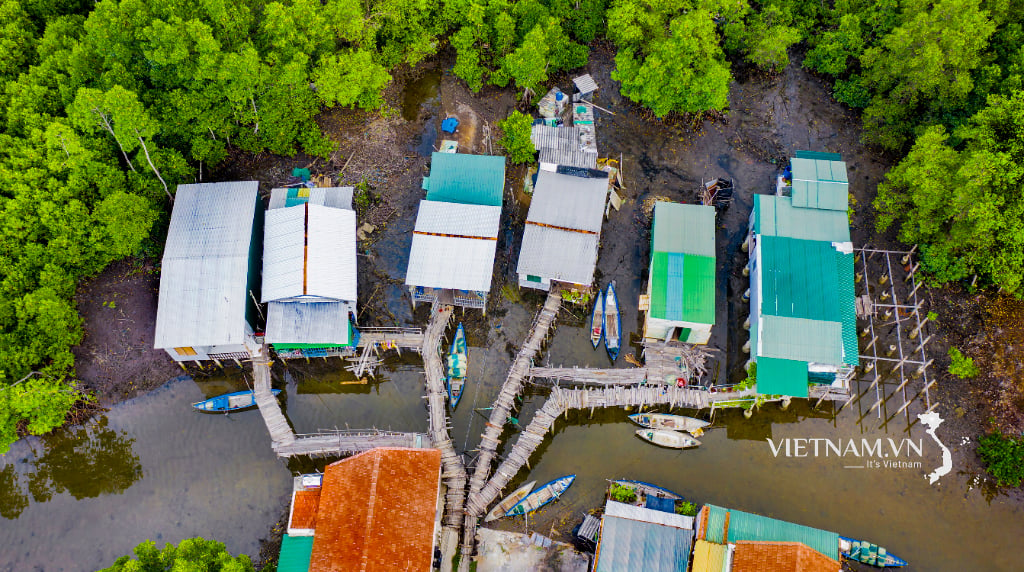
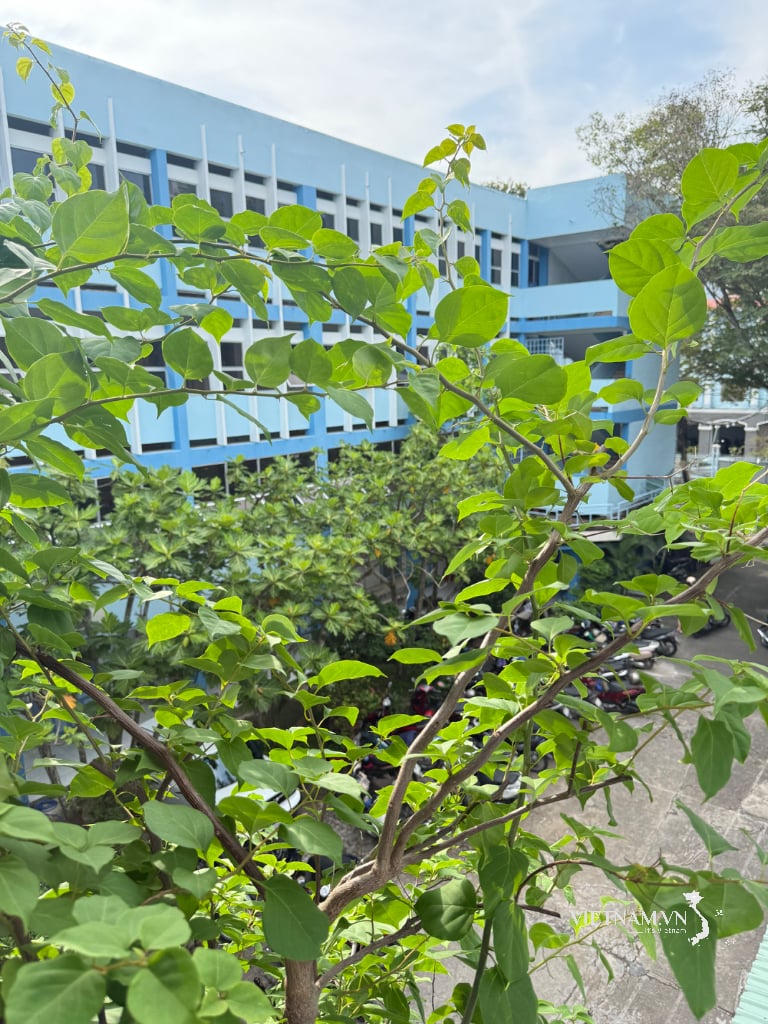


Comment (0)